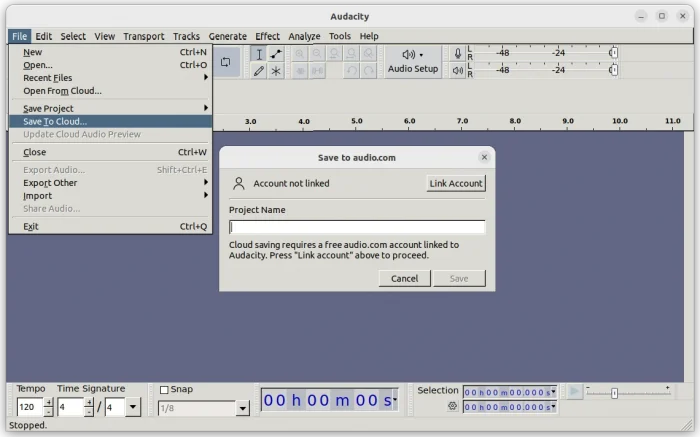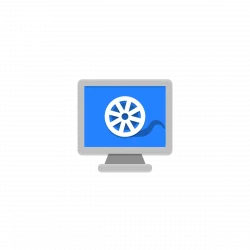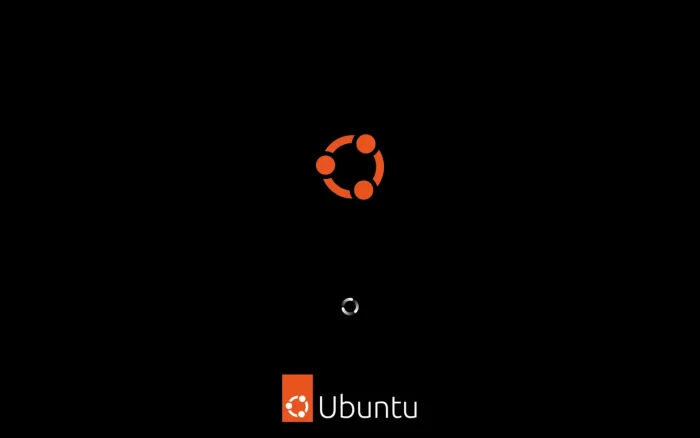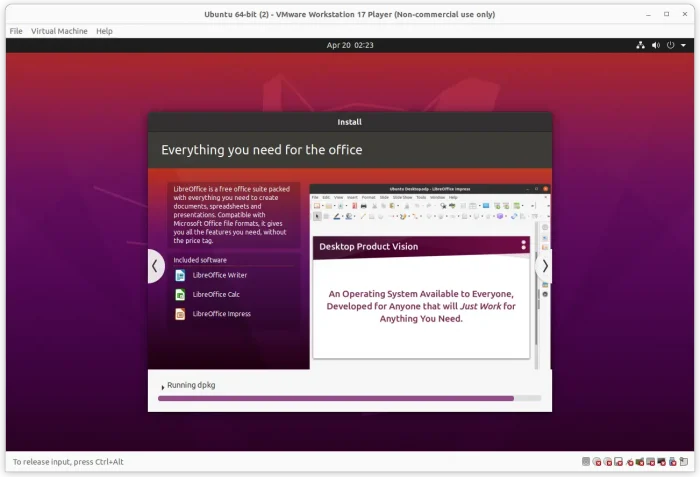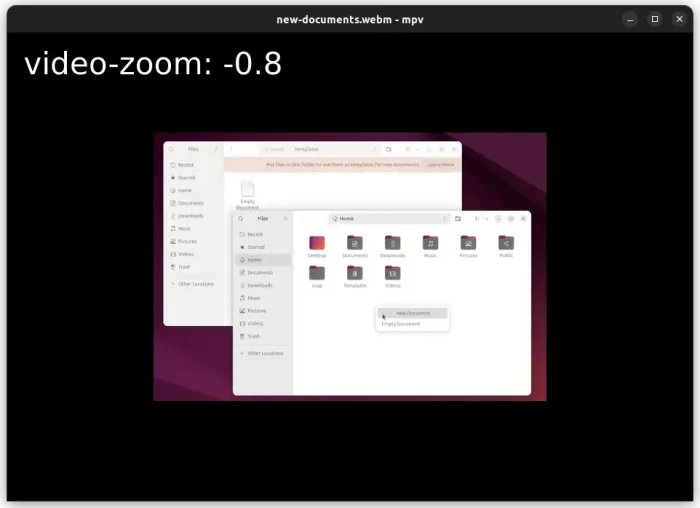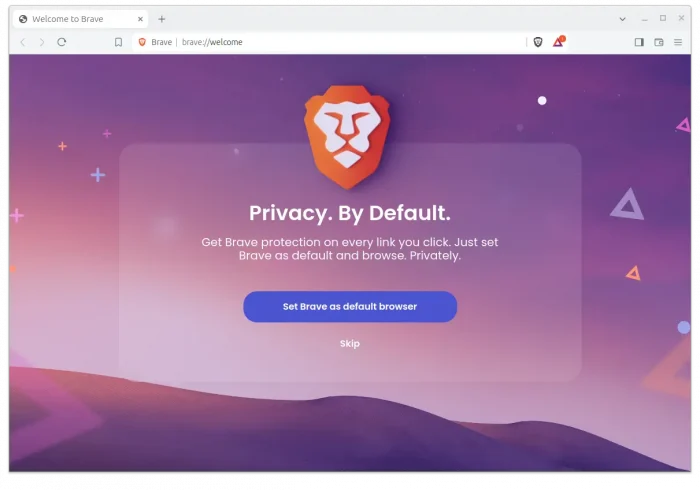Ubuntu 24.04, code-name Noble Numbat, is finally released!
It’s a new Long Term Support (LTS) release with 5 years of support until 2029, and another 7 years of support through ‘Ubuntu Pro’ (can be enabled in welcome or Software & Updates dialog).
Meaning users of Ubuntu 24.04 can keep receiving security updates until 2036!
Ubuntu 24.04 features Linux Kernel 6.8, and it will keep updating to new kernel series in next point releases. The new kernel introduced Intel Shadow Stack, and stable Intel Meteor Lake graphics support. KVM now allows up to 4096 vCPUs. And, there are many other new features as well as hardware support, see this page for details.





